Reading about French for Rabbits and their beautifully crafted music, I saw this description and it perfectly encapsulates what listeners should take away: “Their music is both intimate and expansive, welcoming and wary, poetic but piercing.”
The band’s latest album, The Overflow, carefully encloses threads of introversion and anxiety woven throughout the expansive pop melodies in each of the tracks. That being said, the album also breathes tranquility and comfort within the pop melodies and soft vocals.
Who inspired you to begin creating music?
We had an old piano in the house when I was growing up and I’ve been tinkering away writing songs on it since I was five. My first fully-formed composition was about my recently deceased beloved cat Monty. It used only the black notes on the piano, which on reflection was a very poetic touch. So…I’d say my piano and our family cat were my original inspirations.
We had an old record player, and my favorites were Pat Benatar, The Beach Boys, and the Cats soundtrack. Music was always around.
Reading about you, I discovered that you are a self-described introvert. How does writing and performing music help with overcoming those feelings of uncomfortable moments?
I don’t think of being an introvert as an uncomfortable experience. I am happy in my own company and find energy in this space. I love to spend time working on songs for hours, or listening to music, and in the garden. I also crave time with friends and family and those deeper conversations and connections. I like to mull over ideas in song and find that a song can be the best vessel for finding an understanding of a particular idea or emotion.
Songwriting can be a bit like dreaming, a place to subconsciously unravel problems and things that have been on your mind.
How pivotal was working with guitarist John Fitzgerald in the early stages of French for Rabbits?
It is always good to have someone to bounce ideas off – and John is the first person I’ll play a new song to. He doesn’t beat around the bush which I really appreciate, so I know if an idea has legs pretty quickly. It’s important to have someone who you trust, and his guitar sound is such a backbone to what we do. That spacious and understated aesthetic.
The band toured the US back in 2019 for the first time. What was that experience like? Are you hoping to come back soon?
It was AMAZING! We came over twice in 2019, the first time to play at SXSW and the second time I lined it up with a songwriting trip in LA. It was really special to meet some long-time fans and make some new ones. Given we’ve been a band for nearly ten years now, it was a real treat to be able to do that. We traveled the length of the country, and there were so many breathtaking sights from the Joshua Tree National Park in flower, snow in the Rocky Mountains, the bleak rust belt oil fields, and the majestic redwood forests. It was the proper US road trip experience with diners, tacos, and way too many stops at Whole Foods.
What did you discover in the US that you didn’t know previously?
The movie cliches do exist – I felt like I was on a film set! I really liked the yellow buses. Also, although I didn’t see any moose, I did learn a fair bit about moose while I was there.
What could say was different with the recording of The Overflow than previous efforts?
This was our first record working with Jol Mulholland as producer. His imprint can be heard on this record. We worked with him as we wanted to bring our sound into a slightly grittier and more immediate space. Especially because the songs themselves had more groove and energy. I also felt confident in what I wanted this record to be, and my intention was for it to be creative, intuitive, and enjoyable. I think Jol helped to achieve that, and myself, Ben and Jol all have an excitement for production and adding little elements that complement and serve the songs.
When you began writing the album, did you have the vision of where you went with it?
Not initially – I thought we would strip it right back and make a quiet and rustic folk record! We almost did the opposite. I’d been doing a bit of co-writing and was feeling very inspired by other people’s writing styles. I think this informed the creation of something more pop-centric, and then once I brought each song to the band we spent lots of time honing the form and instrumentation together. We narrowed down the tracklist to one that felt like there was no filler.
I think the next record will be a billowy piano record though – with a string quartet. That one is starting to form in my mind.
Were there any musicians and/or albums that the band was listening to that help influence the shape of the album?
Yes! I recall the following were influences for various elements: Laura Jean, The Lion King, Moby, The Addams Family, Beatles, The Weather Station, Hannah Cohen, Enya, Beach House, and Phoebe Bridgers at times throughout the record. I’m always pulling odd little ideas out from here and there.
The Overflow was recorded in Wellington at The Surgery and in Auckland at The Lab. What did both backdrops offer in terms of shaping the album?
I was just thinking about these studio names….surgeries and labs. It is not at all what it sounds like! We are not surgeons or scientists!
The Surgery is our recording home – we’ve done a lot of work in that space. It’s very warm and inviting. The Lab is where Jol’s studio is based. We added lots of analog synths and finishing touches there.
Do you find that you and the group are still learning about each other on the creative front?
Absolutely – we’re all still learning, and therefore there is always something to learn about each other.
What’s coming up for the band?
We’ll be touring the album in New Zealand in March/April 2022. Then from there, hopefully, we can record this billowy new EP that’s been percolating in my mind. We’re chilling on the overseas touring front for the moment – with Covid-19 and climate change, it feels good to be focusing on the important stuff like spending time in nature, getting vaccinated and planting some trees in the garden.


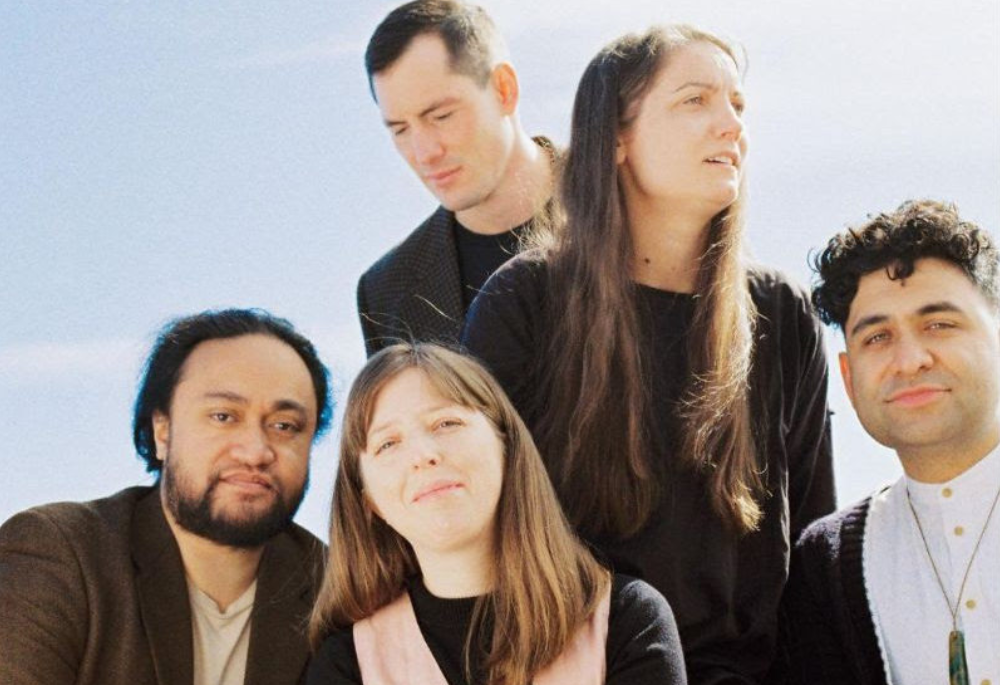
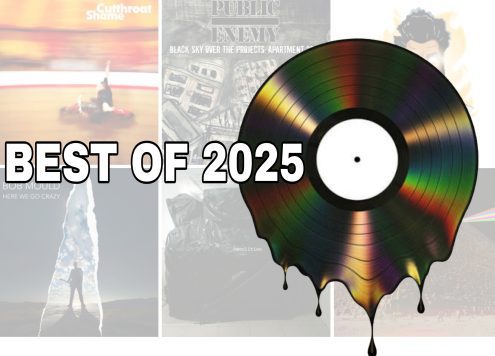

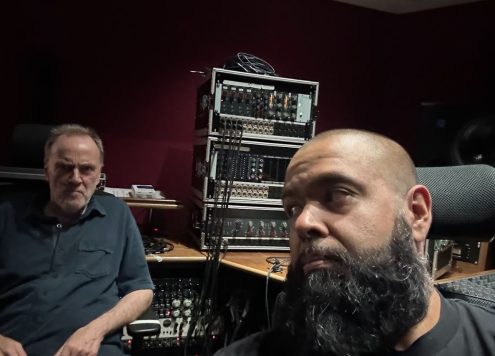
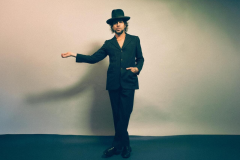
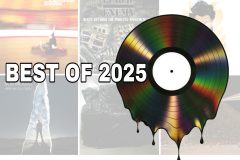
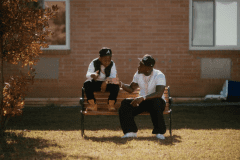


Social Media